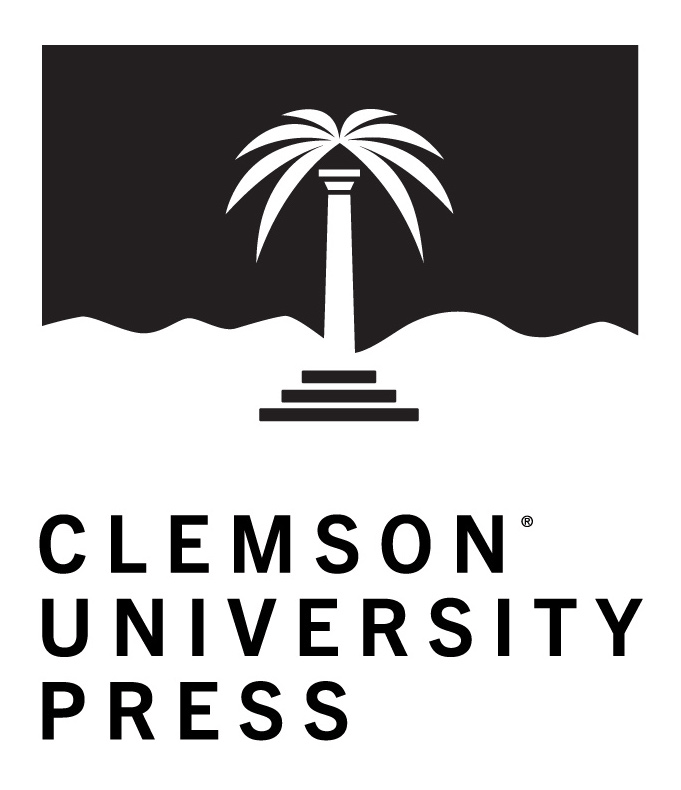Article Type
Full Research Article – Special Issue
Volume
8
Issue
1
DOI
10.34068/JSCWR/08.01.05
Abstract
The Engineering Program at Coastal Carolina University seeks to train future leaders who will develop and implement sustainable solutions to global challenges by engaging students in real-world, community-based projects starting with the two-course Cornerstone Sequence. The program’s vision is to: (1) increase participation of underrepresented and minority groups and address the persistent degree attainment gap in engineering; (2) create a learning and professional environment where diversity is celebrated as seminal to program success and where all students, particularly underrepresented and minority groups, thrive and excel; and (3) develop future leaders who are knowledgeable and who are able to apply scientific and engineering principles to impact the well-being of the global society and its environment. The Coastal Waccamaw Stormwater Education Consortium (CWSEC) members include six citizen science education agencies and eight municipal separate storm sewer systems (MS4s) serving Horry and Georgetown Counties in South Carolina. The mandate of the consortium is to help local governments meet EPA’s National Pollutant Discharge Elimination System (NPDES) Stormwater Management Program Phase II Rule by implementing the following Minimum Control Measures (MCM): (1) Public Education and Outreach on Stormwater Impacts, and (2) Public Participation/Involvement. The consortium and the Engineering Program have partnered on MCM (1) and (2) by: (i) Integrating consortium activities in the ENGR 199/299 Cohort Grant Challenge Cornerstone Course Sequence’s deliverables. The objective of this two-course sequence is for students to identify and formulate complex engineering problems utilizing the National Academy of Engineering’s (NAE)14 Grand Challenges for Engineering in the twenty-first century as a framework for community-based projects; and (ii) Collaborating with representatives from municipalities and educational providers that are members of the consortium to provide current stormwater-related engineering design challenges to student groups. This paper reports on an initial, successful prototype of this partnership that occurred during the 2020 fall semester. Projects were focused on various aspects of the NAE Grand Challenge—“Provide Access to Clean Water.” The long-term vision is to integrate consortium activities into the engineering curriculum while leveraging the talent of engineering students to solve stormwater challenges in the community.
Takeaway(s)
none
Recommended Citation
Gray, Monica
(2021)
"MalNPDES Phase II Stormwater Rule—Integrating Community Engagement and Engineering Education,"
Journal of South Carolina Water Resources: Vol. 8
:
Iss.
1
, Article 5.
DOI: 10.34068/JSCWR/08.01.05
Available at:
https://tigerprints.clemson.edu/jscwr/vol8/iss1/5





